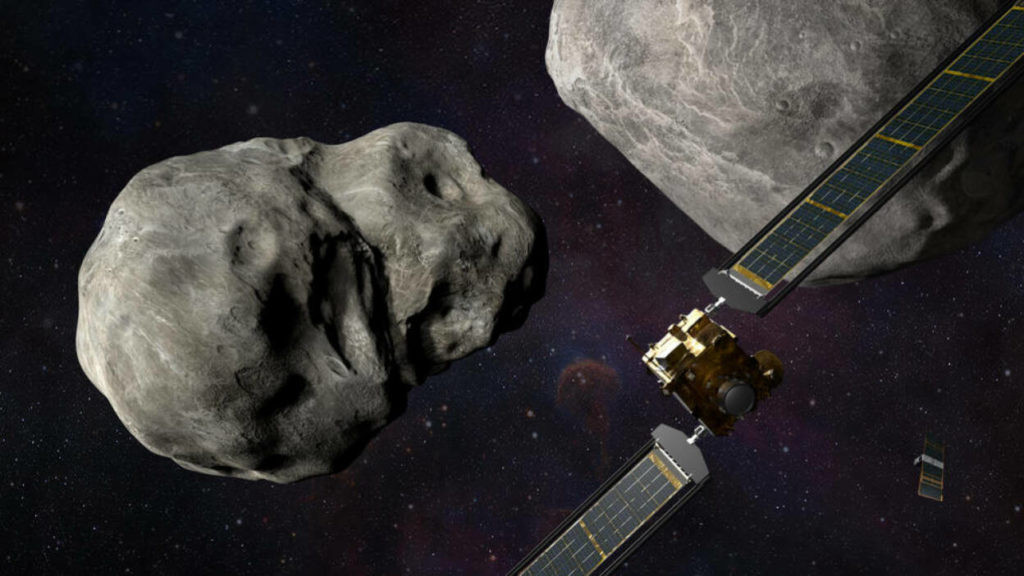How to Watch NASA Slam Spacecraft Into Asteroid on Monday

NASA is preparing to intentionally collide a space asteroid the size of a great Egyptian pyramid with a spacecraft the size of a vending machine on Monday.
Amazingly, you can watch this historic event live today, September 26th. The mission is known as the DART, or Double Asteroid Redirection Test, and it marks the first time mankind has ever attempted to intentionally move an asteroid. The mission is an experiment to determine how society could reverse the course of a dangerous asteroid should one be on a collision track with our planet. The rocky target, Dimorphos, poses no threat to Earth.
According to Markus Wilde, Associate Professor of Aerospace, Physics and Space Sciences at the Florida Institute of Technology, “We are currently defenseless against any asteroid aimed at Earth.”
About 6.8 million miles from Earth, the 1,300-pound DART spacecraft will collide with Dimorphos, a 525-foot-wide asteroid that is actually orbiting a much bigger brother, the half-mile-wide Didymos. However, the spacecraft carries a camera called “DRACO” that sends a real-time image back to Earth every second. This will of course be before impact.
NASA will broadcast the impact live on its NASA website and on NASA television. Visit NASA TV’s YouTube account to watch. Live coverage begins September 26, 2022 at 6:00 p.m. Eastern Time. At 7:14 p.m. Eastern time, the spacecraft will strike Dimorphos.

The 10km wide asteroid that struck Chicxulub in the Yucatán
A ten-kilometer-wide asteroid that struck Chicxulub in Mexico’s Yucatán Peninsula 66 million years ago is the best-known example of an asteroid or comet collision that has had a profound impact on life on Earth.
75 percent of all plant and animal species, including all land-based dinosaurs, were wiped out in the explosion of the collision, which had the energy of billions of atomic bombs.
Similar destruction caused by asteroid or comet impacts has been shown in recent films such as Don’t look up, Armageddonand Deep Impact. However, according to astronomers, it is doubtful that we will soon experience such terrible effects on our daily lives.
The rocky object that broke through Earth’s atmosphere on February 15, 2013 near the Russian city of Chelyabinsk is just one example of the threat posed by small asteroids and comets.
More than 1,500 people were injured when the object burst through the atmosphere and created a 400-kiloton boom. Its diameter was estimated at twenty meters.
To better understand DART’s collision with the asteroid, the European Space Agency plans to send the robotic Hera spacecraft to Dimorphos in 2024.